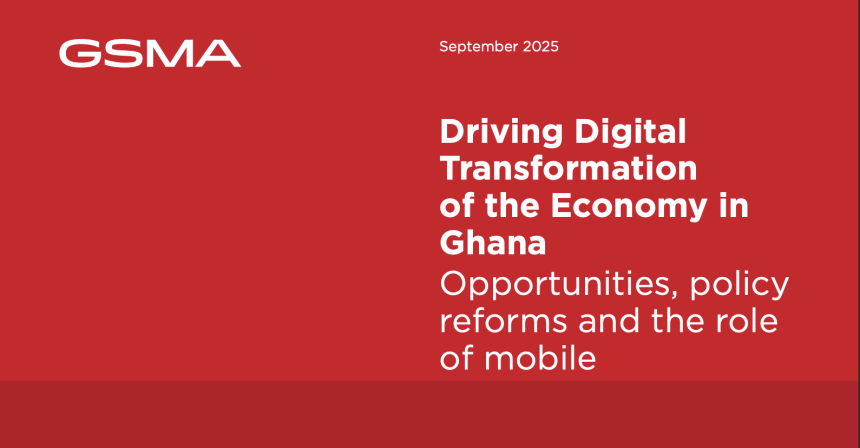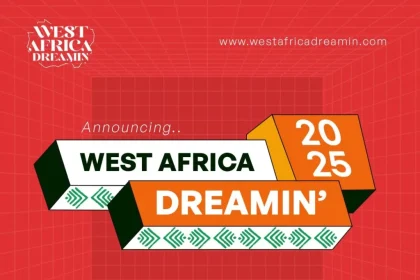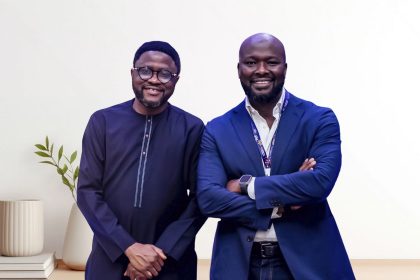At the GSMA’s Digital Africa Summit in Ghana, the mobile industry body unveiled a new report arguing that targeted digital reforms could transform Ghana’s economy and cement its role as West Africa’s digital hub.
By the numbers
- Ghana’s mobile industry already contributes 8% of GDP (GHS 94B).
- Yet, despite 99% 4G coverage, a 62% usage gap remains — millions can access mobile internet but aren’t using it.
- Strategic digital adoption could lift mobile internet use to 20.6M unique users by 2029, up from 13.1M today.
Sector impact
- Agriculture: Precision farming and digital market platforms could add GHS 10.5B, create 190K jobs, and boost smallholder yields by 10–20%.
- Manufacturing: IoT and AI adoption could generate an extra GHS 15B, especially in cocoa and gold processing.
- Government services: Stronger e-government could raise GHS 5.8B in tax revenues by cutting leakage and improving collection.
Barriers
- Device affordability: Smartphones cost 27% of monthly GDP per capita — and 76% for the poorest 40%.
- Infrastructure: Rural coverage gaps persist despite near-universal 4G. GSMA calls for a clear 5G roadmap and streamlined rights-of-way processes.
Yes, but:
Recent policy moves like the removal of the e-levy and financing schemes from MTN and Telecel are easing affordability barriers, but GSMA says broader public-private partnerships are needed.
The big picture
“Ghana’s RESET agenda provides the perfect framework for digital-led growth,” said Angela Wamola, GSMA’s Head of Africa. “By tackling barriers from spectrum allocation to device affordability, Ghana can connect millions more while positioning itself as a regional digital leader.”
What’s next
The full Driving Digital Transformation of the Economy in Ghana report, launched at the summit in Accra, provides policy recommendations and economic modelling to guide the country’s digital transition.










